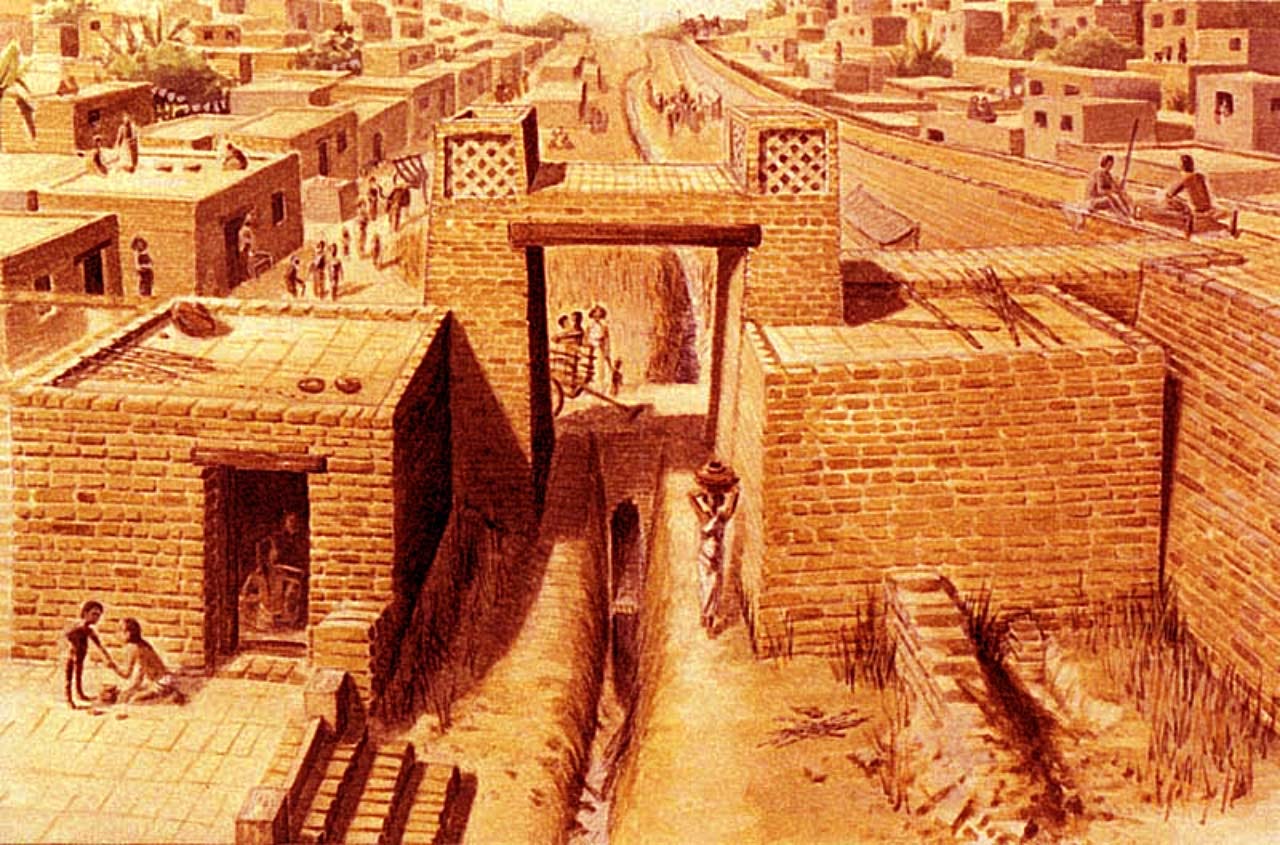Located in the northwestern region of the Indian subcontinent, the Indus Valley Civilization was one of the world's earliest and most advanced civilizations. It flourished from about 2600 BC to 1900 BC, and its ruins were discovered in the 1920s. This civilization was characterized by its impressive urban planning, sophisticated architecture, and advanced knowledge of metallurgy, trade, and agriculture.
The Origins of the Indus Valley Civilization
The Indus Valley Civilization emerged around the Indus River, which flows through present-day Pakistan and western India. The civilization was spread across a vast area, covering modern-day Pakistan, northwest India, and eastern Afghanistan. The civilization was named after the Indus River, which was the lifeblood of the civilization.
The Indus Valley Civilization was one of the three ancient civilizations of the Old World, alongside the Mesopotamian and Egyptian civilizations. The civilization was characterized by its highly organized urban centers, which were built using advanced techniques of architecture and engineering.
The Urban Planning of the Indus Valley Civilization
The Indus Valley Civilization had a highly organized urban planning system, with cities and towns built on a grid system. The cities were built using advanced techniques of architecture and engineering, with well-planned streets, public buildings, and residential areas. The cities were also equipped with an efficient drainage system, public baths, and sewage systems, which were ahead of their time.
The Indus Valley Civilization had two major urban centers, Harappa and Mohenjo-daro, both of which were located in present-day Pakistan. These cities were built around the same time as the Egyptian pyramids and the Mesopotamian ziggurats.
The Art and Culture of the Indus Valley Civilization

The Indus Valley Civilization was known for its sophisticated artistic and cultural heritage. The civilization produced a wide range of art objects, including pottery, figurines, seals, and jewelry. The civilization also had a well-developed system of writing, which is yet to be fully deciphered.
The Indus Valley Civilization was also known for its agricultural practices, which were based on the cultivation of wheat, barley, cotton, and rice. The civilization was also involved in trade, with evidence of trade links with Mesopotamia and other parts of the world.
The Decline of the Indus Valley Civilization

The Indus Valley Civilization declined around 1900 BC, for reasons that are still not clear. Some scholars believe that the civilization was destroyed by natural disasters such as floods and droughts, while others believe that it was invaded by nomadic tribes from the north.
Despite its decline, the Indus Valley Civilization left behind a rich legacy that continues to fascinate scholars and historians to this day. The civilization's advanced urban planning, sophisticated architecture, and artistic and cultural heritage are a testament to the ingenuity and creativity of the ancient people who lived in this lost civilization.
The Legacy of the Indus Valley Civilization
The Indus Valley Civilization continues to inspire scholars and historians to this day. Its legacy has been felt in many ways, from the architecture of modern-day cities to the agricultural practices of farmers in the region. The civilization's sophisticated system of urban planning has been studied and emulated by urban planners around the world, while its artistic and cultural heritage continues to inspire artists and designers.
The Indus Valley Civilization may be lost to time, but its legacy lives on, reminding us of the power and creativity of the ancient civilizations that shaped our world.